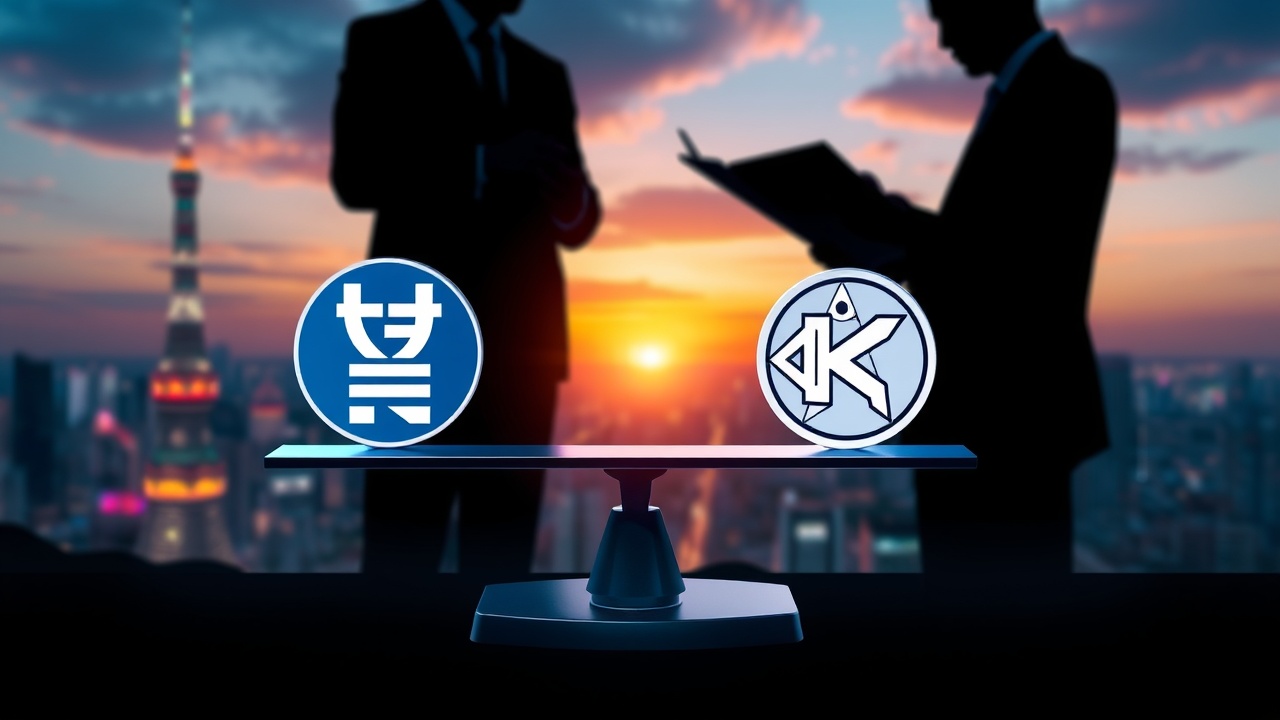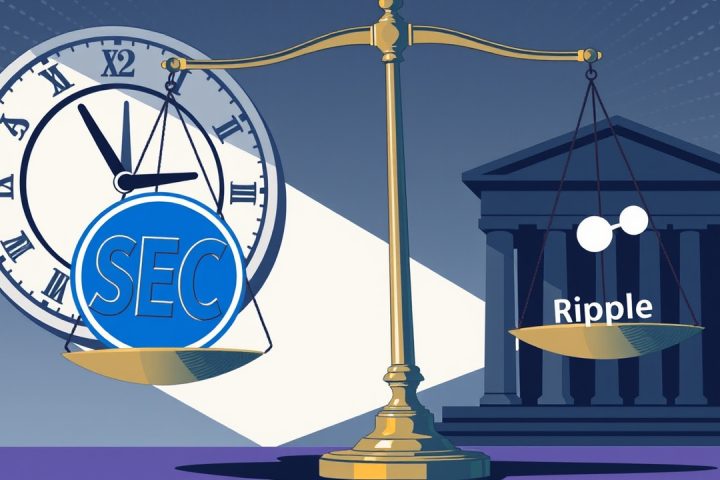Kakao’s Stablecoin Initiative
Kakao, a major player in South Korea’s digital economy, is gearing up to launch a stablecoin pegged to the Korean won (KRW) through its Kaia blockchain. This initiative comes in light of the growing demand for quicker payment methods, remittances, and on-chain transactions, prompting the company to secure several trademarks related to its stablecoin. The trademarks registered with the Korean Intellectual Property Office include “KRWGlobal,” “KRWGL,” “KRWKaia,” and “KaKRW”.
Kaia Blockchain Overview
The Kaia blockchain is a result of a merger between Klaytn and Finschia, positioning itself as an innovative platform in the evolving blockchain landscape. Both Kakao and its subsidiary Kakao Pay are part of Kaia’s governance council, and the stablecoin is primarily designed to facilitate connections with USD– and JPY-linked stablecoins. Dr. Sangmin Seo, the chairman of the Kaia DLT Foundation, noted that Kakao’s ecosystem serves more than 49 million users monthly in South Korea, enabling access to decentralized finance (DeFi) protocols through widely used mobile applications, thereby bringing DeFi ventures into practical use.
Regulatory Landscape
Despite this forward momentum, the regulatory framework surrounding stablecoins in South Korea is still uncertain. The government is currently considering multiple legislative proposals, including a Digital Asset Basic Act, introduced earlier in June, which would allow qualified firms to issue won-pegged stablecoins, provided they meet specific capital requirements. The Bank of Korea has proposed an initial focus on stablecoins issued by banks and is conducting studies on deposit tokens compatible with public blockchains.
Last month saw South Korean political parties introducing conflicting bills regarding stablecoins, particularly focused on whether or not to allow interest on deposits. While consensus has been reached on ensuring full reserves and granting regulators emergency powers, significant challenges remain in establishing compelling use cases for KRW stablecoins, especially when compared to their dollar counterparts. According to Min Jung, a senior analyst at Presto, the need for further research to cultivate practical applications is critical, alongside addressing South Korea’s stringent capital controls which complicate international transactions.
Future Outlook
The government’s ongoing foreign exchange control regime necessitates that entities in this sector navigate complex procedures for capital transactions and cross-border remittances. As per a Reuters report from 2024, regulations will require companies dealing with digital assets to register and submit monthly reports to the central bank by mid-2025.
Seo also emphasized that the launch of KRW stablecoins signifies not just the issuance of digital currency, but also the potential for legalizing digital asset-driven enterprises within the Korean market. With Kakao’s platform reaching over 95% usage for messaging, payments, and banking activities in the population, the future of this potential stablecoin will ultimately depend on final decisions regarding regulatory requirements including licensing, reserves, and participation of banks in the issuance process.




